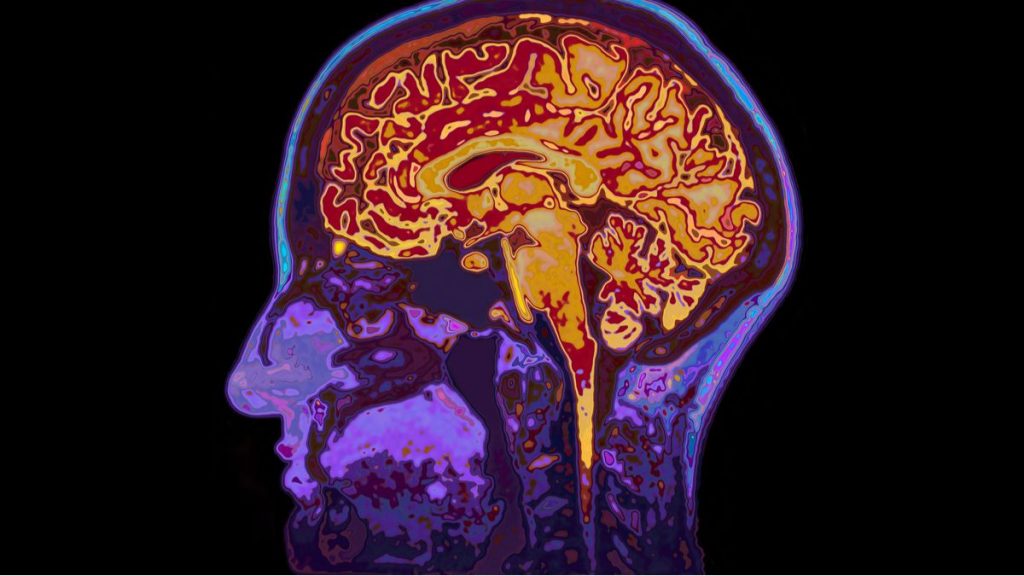
Autopsies of 33 patients who died from Covid-19 revealed traces of viral material in the brain, appearing to come from the nose. Although these are preliminary results, they are quite worrying.
The evidence is piling up
The upper part of the human nasal cavity, known as the nasopharynx, is believed to be one of the first sites for infection and replication of the SARS-CoV-2, and could also be a weak point in our brain’s defenses. Although the latter is separated from the rest of the body’s blood supply by a semi-permeable barrier of cells, called blood-brain barrier and intended to protect our precious neurons from toxins and pathogens, some particularly devious viruses are able to cross it. Which would be the case of SARS-CoV-2.
Some scientists even believe that this route of invasion could be the cause of many neurological symptoms associated with Covid-19including loss of smell and taste, headache, dizziness, nausea and severe fatigue.
Recently, several studies have identified traces ofRNA virus in the brain and cerebrospinal fluid of some patients with Covid-19, suggesting that the virus’ spike proteins promote inflammation in the endothelial cells and the brain barrier, which would create a breach allowing the virus to reach the central nervous system.

Viral RNA found in the upper part of the nose and several areas of the brain
Published in the journal Nature Neuroscience, this new work suggests another possible path. During their analyzes, the researchers not only found intact viral particles in the endothelial cells of the nasopharynx, but also in theRNA viral in the upper part of the nose (mucosa) as well as several regions of the brain. The genetic material detected was minimal, but the authors of the study recall that the autopsies took place on average one month after the deaths.
Although it is not possible to see how the virus travels inside the brain, in some patients the spike proteins present on the surface of the brain SARS-CoV-2 were also found in cells that the researchers identified as neurons. This suggests that the virus could somehow cross the blood-brain barrier and enter the brain via the long, threadlike projections of the olfactory nerves.

Different avenues of invasion considered
But even if it turns out that the neurons in the nose carry the SARS-CoV-2 to the brain, it would probably only be an entry point. The researchers found that certain regions of the brain with traces ofRNA had no direct connection to the olfactory mucosa and were more involved in respiration and cardiovascular control, suggesting that the virus also enters there through another means.
This could pass through the endothelial cells, as suggested by other studies, or attach to another type of cell authorized to cross the blood-brain barrier, in particular to transport essential resources.

